Will HR Be Replaced by AI?
The rapid advancement of artificial intelligence (AI) is transforming sectors around the globe, and human resources (HR) is no exception. From recruitment to performance management, AI is increasingly being integrated into HR functions, raising questions about the future role of HR professionals. Will AI replace HR entirely? Or will it augment the capabilities of human HR professionals, enabling them to focus on more strategic tasks?
In this blog, we'll explore this question in more detail as we will at the potential impact of AI in HR, its pros and cons, and why, in our opinion, human interaction remains irreplaceable in many aspects of HR.
AI in HR
Over the past while, we’re seeing more of how AI has begun to influence a wide range of HR functions, from recruiting and onboarding to employee engagement and retention.
Let’s investigate some of the areas where AI can provide timesaving assistance:
Recruitment: One of the most visible applications of AI in HR is in the area of recruitment. AI-powered tools can now automate the entire recruitment process, from sourcing candidates to screening resumes. These tools can analyse large datasets quickly, identifying candidates whose resumes match the job description based on specific keywords, past experiences, and even inferred competencies. This drastically reduces the time it takes to sift through hundreds of applications. Taking it one step further, some AI tools can even conduct preliminary video interviews, and analyse facial expressions, tone of voice, and word choice to assess a candidate's suitability for a role.
Employee Engagement and Retention: Beyond recruitment, AI is also making waves in employee engagement and retention. Predictive analytics tools can scrutinise employee data to identify patterns that might indicate dissatisfaction or a likelihood to leave. By proactively addressing issues, companies can improve retention rates and ensure a more satisfied workforce. AI can also be used to personalise employee experiences. For example, AI-driven platforms can recommend professional development opportunities based on an employee’s role, skills, and career aspirations.
Performance Management: Performance management is another area where AI is making a significant impact. Traditional performance reviews often suffer from biases, inconsistencies, and a lack of real-time feedback. AI can help address these issues by providing continuous performance data and insights. For instance, AI-driven tools can monitor employee productivity, track key performance indicators (KPIs), and provide real-time feedback, allowing managers and employees to make data-driven, timely decisions.
As we can see, integrating AI into HR processes clearly brings benefits, especially in efficiency, objectivity, and scalability. However, when compared to human involvement, what are the pros and cons that emerge?
First, let’s look at the Pros:
1. Efficiency and Timesaving: As we have seen from some of the examples above, AI’s ability to automate routine tasks goes a long way to saving both time and resources, freeing up HR professionals to focus on more strategic tasks. Similarly, AI can automate routine administrative tasks, such as payroll processing and benefits administration, reducing the administrative burden on HR teams.
2. Enhanced Decision-Making: AI can enhance decision-making by providing data-driven insights. For instance, predictive analytics can help HR professionals identify trends and patterns in employee behaviour, enabling them to make more informed decisions about hiring, promotion, and retention. AI can also help eliminate biases in recruitment and performance management by analysing data objectively and consistently.
3. Scalability: AI-driven HR tools can easily scale to accommodate a growing workforce. As a company expands, the volume of HR tasks typically increases, putting pressure on HR teams. AI can handle large volumes of data and tasks without requiring additional resources, making it easier for companies to scale their HR operations efficiently.
4. Personalisation: AI enables a level of personalisation that would be challenging to achieve manually. As an illustration, AI can tailor learning and development programs to individual employees based on their career goals, current skills, and learning preferences.
5. Cost Savings: By automating routine tasks and improving efficiency, AI can help reduce HR-related costs. For instance, AI can reduce the cost of recruitment by automating the screening and interviewing process. Additionally, AI can help reduce turnover costs by identifying and addressing issues that lead to employee dissatisfaction and attrition.
Despite the numerous benefits of AI in HR however, there are several challenges and potential downsides to consider. These include:
1. Lack of Human Touch: One of the most significant drawbacks of AI in HR is the potential loss of human touch. HR is fundamentally a people-oriented function, and many HR tasks require empathy, emotional intelligence, and human judgment. For example, AI may struggle to understand the nuances of human behaviour, such as the difference between a candidate who is nervous during an interview or one who lacks confidence. Similarly, AI may not be able to provide the same level of empathy and support as a human HR professional when dealing with sensitive issues, such as workplace conflicts or mental health concerns.
2. Potential for Bias: While AI has the potential to reduce biases in HR processes, it can also introduce new biases if not implemented correctly. AI systems learn from historical data, and if that data contains biases, the AI system may perpetuate those biases. So, if an AI recruitment tool is trained on data from a company that has historically favoured certain demographics, it may inadvertently continue to promote candidates from those same demographics. Ensuring that AI systems are fair and unbiased requires careful design, testing, and ongoing monitoring.
3. Data Privacy Concerns: The use of AI in HR often involves the collection and analysis of large amounts of employee data, raising concerns about data privacy. Employees may feel uncomfortable with the idea of their behaviour being constantly monitored and analysed by AI systems. Additionally, there are legal and ethical considerations around how employee data is collected, stored, and used. Companies need to ensure that they are compliant with GDPR data protection regulations and that they are transparent with employees about how their data is being used.
4. Over-Reliance on Technology: There is a risk that companies may become overly reliant on AI technology, neglecting the importance of human judgment and intuition. While AI can provide data-driven insights, it cannot replace the experience and intuition of seasoned HR professionals. Over-reliance on AI could lead to a lack of critical thinking and creativity in HR decision-making. Additionally, if AI systems fail or produce inaccurate results, companies may struggle to respond effectively if they have not maintained strong human HR capabilities.
5. Job Displacement: The rise of AI in HR raises concerns about job displacement. As AI automates more HR tasks, there is a risk that certain HR roles may become redundant. For instance, roles that involve routine administrative tasks, such as payroll processing, may be at risk of automation. However, while some roles may be displaced, new roles are likely to emerge that require a combination of HR and AI skills. Companies will need to invest in reskilling and upskilling their HR teams to ensure they can thrive in an AI-driven HR landscape.
While certainly AI offers numerous benefits, there are certain aspects of HR that require a human touch. Indeed, human interaction is crucial in many HR processes, particularly those that involve complex decision-making, empathy, and relationship-building. For instance, while AI can streamline the recruitment process by screening resumes and conducting initial interviews, the final decision should involve human judgment. Hiring the right candidate requires a deep understanding of the company’s culture, values, and team dynamics, as well as the ability to assess a candidate’s soft skills, such as communication and teamwork. These are areas where AI is still limited, and human recruiters are essential in making the final hiring decision.
Similarly, employee relations is another area where human interaction is crucial. Dealing with workplace conflicts, employee grievances, and mental health issues requires empathy, emotional intelligence, and strong interpersonal skills. While AI can provide data-driven insights, it cannot replace the empathy and understanding that human HR professionals bring to these situations. Building trust and maintaining positive employee relations requires face-to-face interactions and open communication, which are essential components of a healthy workplace culture.
Finally, leadership and strategic decision-making are areas where human input is irreplaceable. AI can provide valuable data and insights to inform decision-making, but it cannot replace the vision, creativity, and ethical considerations that human leaders bring to the table. Effective HR leadership requires a deep understanding of an organisation’s goals, values, and people, as well as the ability to navigate complex challenges and make decisions that balance the needs of the business with the well-being of employees.
The future of HR is not about AI replacing humans, but about humans leveraging AI to become more productive, data-driven, and strategic. The human element will always remain essential in areas that require judgment, empathy, and relationship-building.
To fully harness the potential of AI in HR, companies need to adopt a strategic approach to its implementation. This approach includes several key components:
· Training and upskilling of HR Professionals
· Ensuring ethical use of AI
· Balancing AI and human judgment
· Fostering a human-centred HR culture
· Continuously evaluating the impact of AI
Companies should also be open to evolving their approach to AI as new technologies emerge and the business landscape changes. Staying agile and adaptable will be critical to ensuring that AI continues to add value to HR processes over the long-term.
Conclusion
So, the question of whether AI will replace HR is, in many ways, the wrong question to ask. The real focus should be on how AI can complement and enhance the work of HR professionals, allowing them to be more effective, strategic, and responsive to the needs of their organisations and employees.
AI certainly has the potential to transform HR by automating routine tasks, provide data-driven insights, and enable more personalised and scalable HR solutions. However, the human element in HR - characterised by empathy, judgment, creativity, and relationship-building - remains irreplaceable.
As we look to the future, the most successful HR teams will be those that leverage AI to enhance their capabilities while staying true to the core values of human-centric HR management. By embracing a collaborative approach that combines the best of AI and human expertise, companies can create a more efficient, effective, and compassionate HR function that is well-equipped to meet the challenges of the modern workplace.
New paragraph












